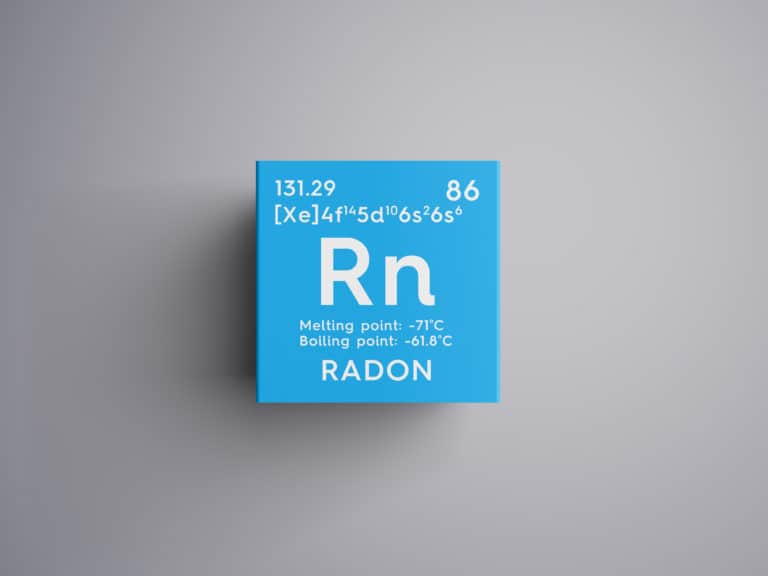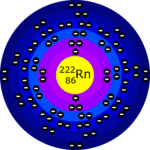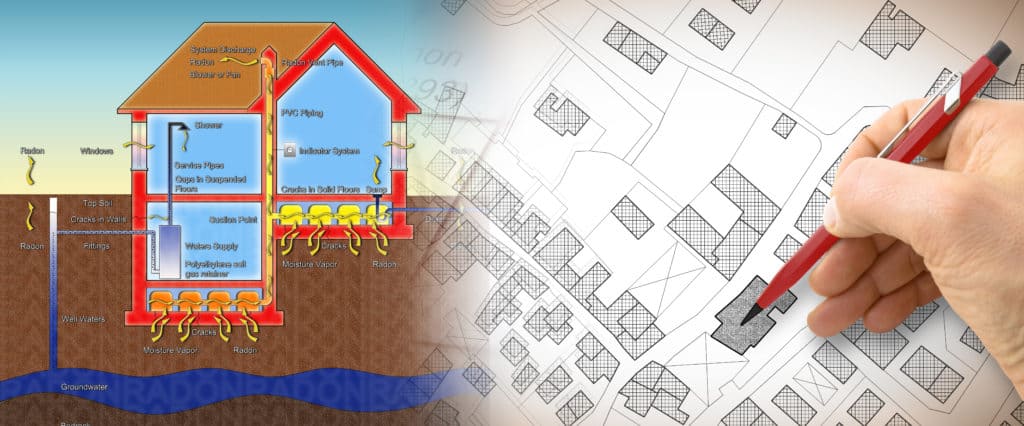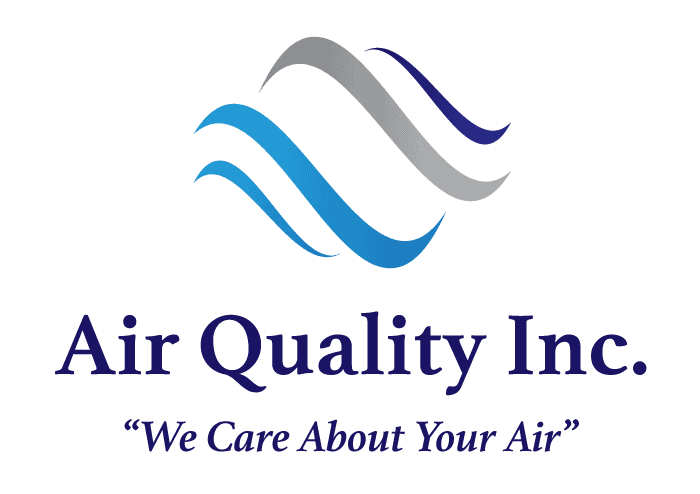The dangers of radon are not to be underestimated.
Second only to the amount of deaths from smoking-related lung cancer, the Environmental Protection Agency (EPA) estimates that radon exposure in the home causes about 21,000 cases of fatal lung cancer every year. This is more than the amount of deaths per year caused by drunk driving and home fires combined.
Yes, long term radon exposure in the home is not only dangerous, but potentially deadly. This is tragic, especially in view of the low amount of awareness that exists over this far-reaching public health threat.
In the case of radon, the first step to protecting your family is education. As long-term professionals in the indoor air quality industry here in Virginia Beach, the Air Quality Consultants team is here to expose the dangers of radon, help you find out if your family may be at risk, and what practical steps you can take today to minimize radon exposure.
Let’s take a look first at what radon is and why it’s a real threat.
Radon – Where Does Radon Come From?
Radon gas in a radioactive chemical compound produced from the naturally occurring breakdown of uranium in rocks and soil. It does not pose a risk out of doors, but since this radioactive gas can build up indoors, these higher concentrations of radon can pose a real danger to occupants of an affected building.

The American Cancer Society explains, “It [radon] can enter buildings through cracks in floors or walls, construction joints, or gaps in foundations around pipes, wires or pumps. Radon levels are usually highest in the basement or crawl space.”
Radon enters a home in silence goes completely undetected by human senses. It is invisible and has no odor or taste. For these reasons, radon often becomes a threat left unrealized and undiscovered in many American households until it is too late.
Dangers of Radon – Who is at Risk?
Since long-term radon exposure victims do not show any immediate symptoms, the effects of radon are not readily discernible from the outset. Over time, however, as the radon builds up in a home in increasingly high levels, the danger also increases.
Occupants breathing in radon poisoned air are actually infiltrating their lungs with cancer-causing radioactive particles. These particles can break down the cells in the lining of the lungs and eventually lead to lung cancer.

The risk is highest for individuals who have experienced long-term radon exposure and is only compounded for ones who also smoke.
How to Know if Your Home Has Radon
You may be wondering, then, how to tell if your home has dangerous levels of radon.
The American Lung Association (ALA) makes it clear; “Every home should be tested for radon. Radon has been found at elevated levels in homes in every state and the only way to know is to test.”
The problem is far-reaching and indiscriminate. A staggering 1 in 15 homes have tested positively for high radon levels throughout the US.
Even if your neighbor has tested his home for radon and the test revealed no dangers, it is still prudent to have your home tested. It is on a case-by-case basis, depending on factors such as the geological location of your home as well as your water supply.

Interestingly, even new construction can be affected by dangerously high radon levels. Whether your home is new or old, testing for radon is a sensible precaution. Radon testing is also in order when considering buying a new home or property, after remodeling your current home, or making any changes to the HVAC system.
“Testing is the only way to determine if you have a problem… Thousands of lung cancer deaths could be avoided each year if home and building owners acted to test and fix,” adds ALA.
Yes, testing for radon in your home could save lives.
Test Your Home for Radon
Professional Radon Testing
There are many DIY radon testing kits on the market, offering forms of both long and short-term radon testing. Often times, it’s recommended to do more than one test, since radon levels can fluctuate largely throughout the months, and even throughout the day.
“Radon levels are measured in picocuries per liter, or pCi/L. Levels of 4 pCi/L or higher are considered hazardous. Radon levels less than 4 pCi/L still pose a risk and in many cases can be reduced, although it is difficult to reduce levels below 2 pCi/L,” says Consumer Reports in the article Is it Safe to Buy a Home with an Elevated Radon Level?
Any level of radon is undesirable. Knowing the level of hazard in your home from radon will prepare you to act to protect your family.
Still, home DIY radon test kits leave much room for error and do not include professional help to understand the data as well as recommendations for what to do if you do have high levels of radon in your home.
Your safest option is professional radon testing. Here at Air Quality Consultants, we have the expertise as well as the scientific instruments necessary to get an accurate read on the radon levels in your home. We offer both 48 hour radon testing as well as long-term radon monitoring.
Not only will we provide comprehensive and reliable radon testing results, but we will help you understand the threat level in your home.
Once the dangers have been quantified and qualified, we can provide professional recommendations on how to mitigate your radon problem. The good news is that the radon levels in your home can be lowered!
Start by ordering a professional radon test. With offices in both Virginia Beach and Richmond, we are dedicated to serving the public and helping all of our neighbors achieve clean air in the home and office. Request a quote for radon testing or contact us with and radon testing questions you may have.
Stop guessing – start testing!




